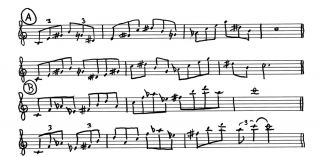I was hoping, really hoping, that this Thursday would shape up as my first chase day of the year out in Illinois. The NAM sure looked promising for a second, but now, like Dante’s inferno, it has “Abandon all hope, ye who enter here” written over the door.
The GFS was never very positive to begin with, but at this time of year, Great Lakes chasers are optimistic out of sheer desperation, and I guess I wasn’t the only one who was rooting for the NAM with its bullish CAPE of up to 1,500 j/kg and sweet lapse rates.
But it’s gone, all gone. Yesterdays NAM runs weakened the CAPE and shuttled it south and east. A nice cold core setup in southeast Iowa/northwest Illinois materialized long enough to whisper sweet nothings, but nothings are probably all they were. The 500 mb low has since slunk apologetically back west toward Kansas City, with its -25 C temperature minimum well displaced from the surface moisture lobe. The setup could still change, but unless it bumps back east and stacks back up, I’m not going to drive that far to find out.
I will, however, very likely head toward the Michigan border around New Buffalo. Moisture looks to be ample with mid- to upper-50s dewpoints augmented by evaporation, backed surface winds, and precip breaking out by 21Z if this present NAM verifies. If it does, there could be a bit of lightning and thunder, and at least the slim possibility of a brief spin-up; if not, it’ll have been a pleasant break-in drive for chase season 2010.







